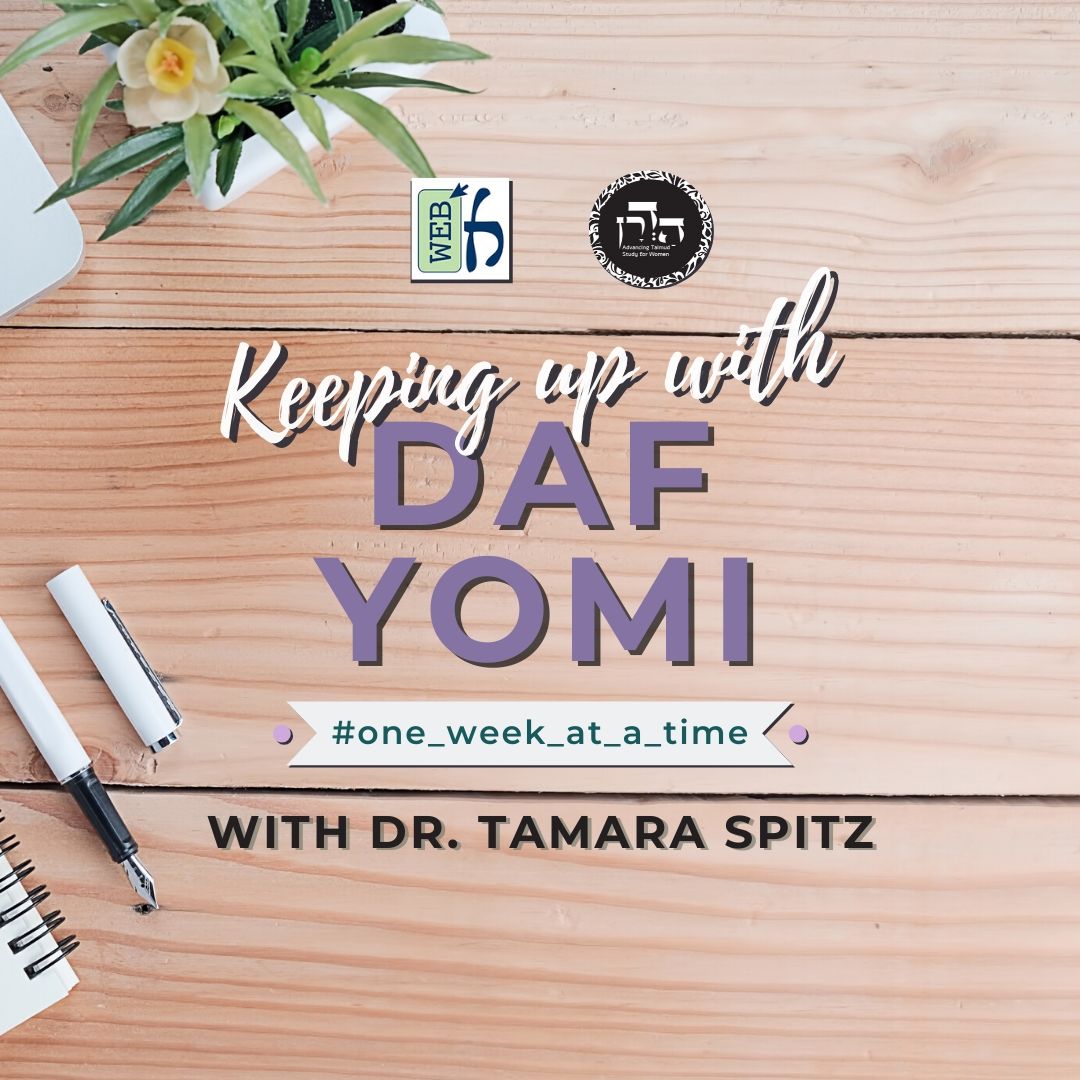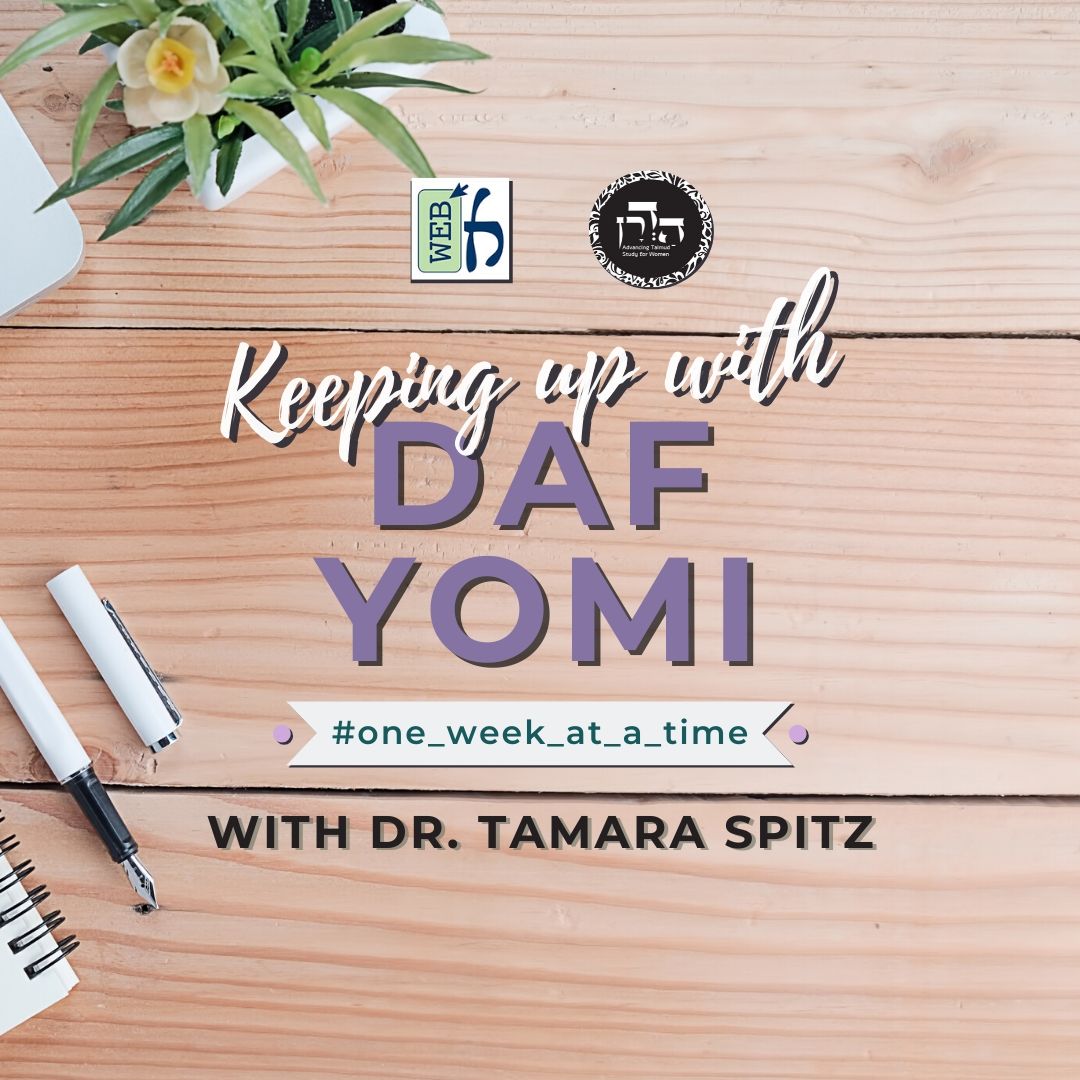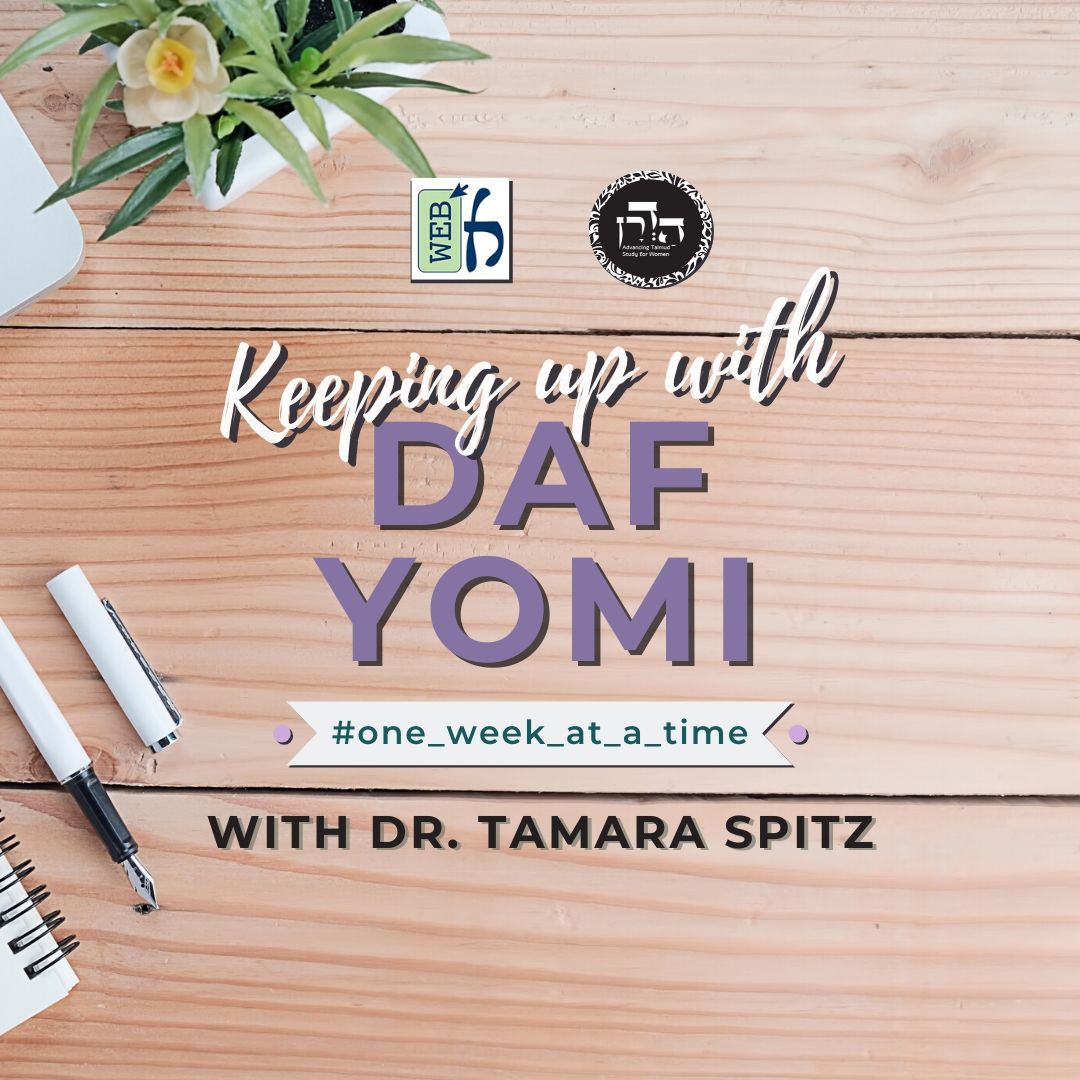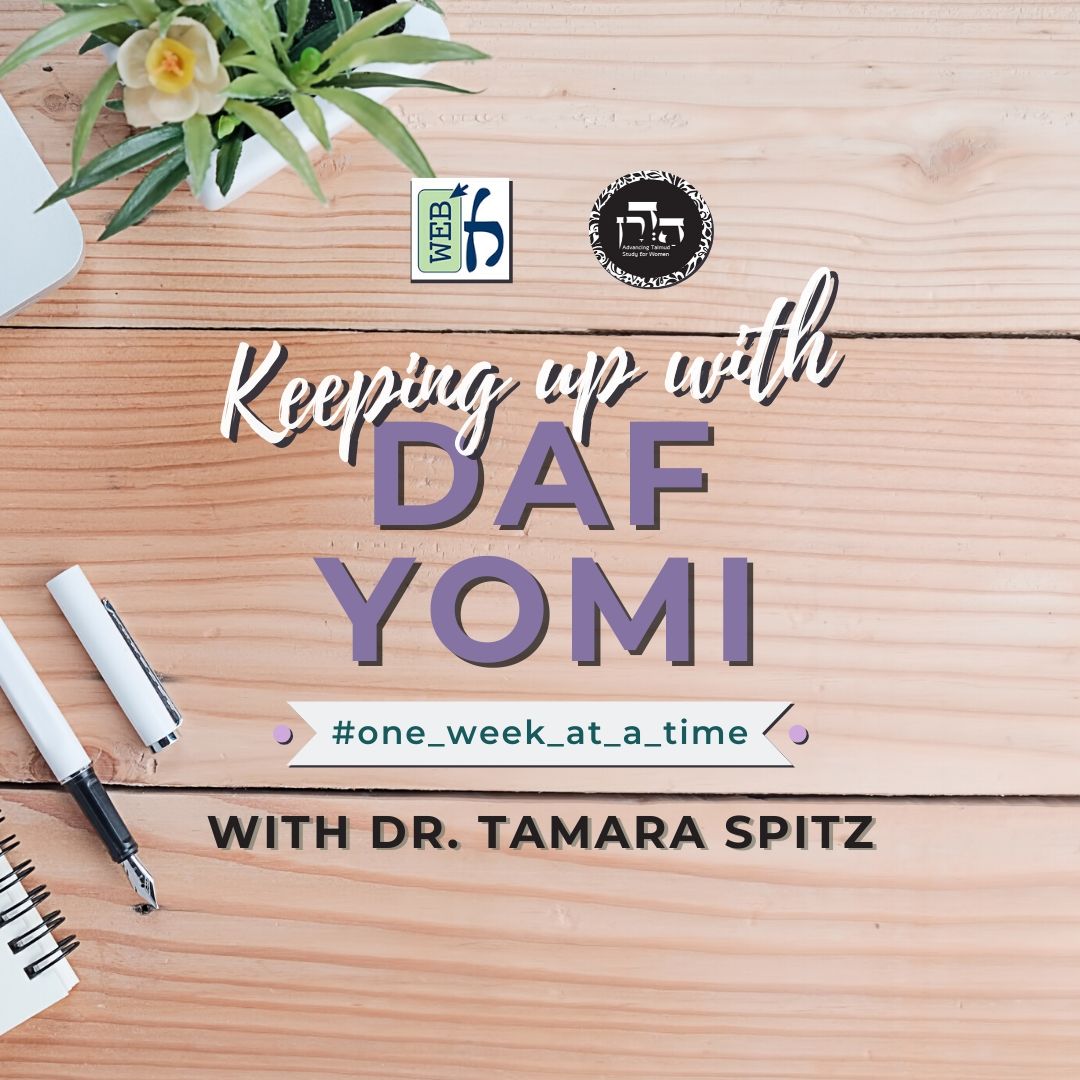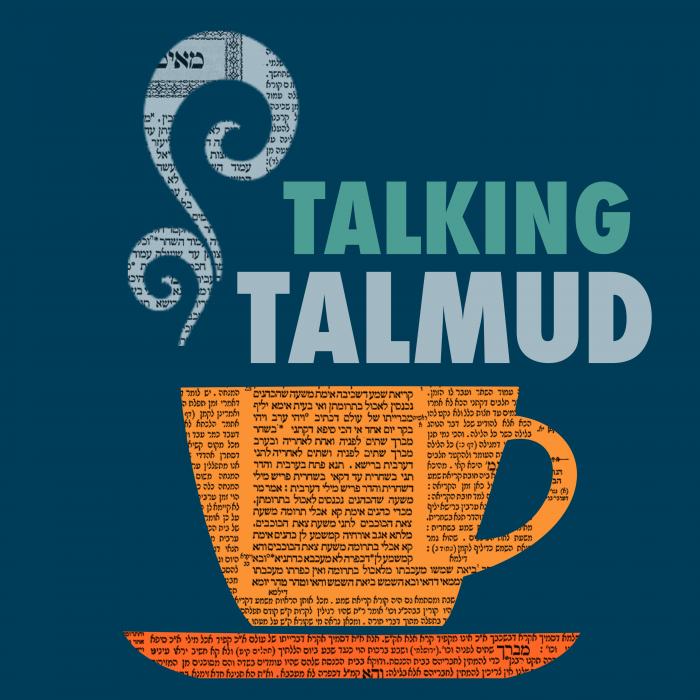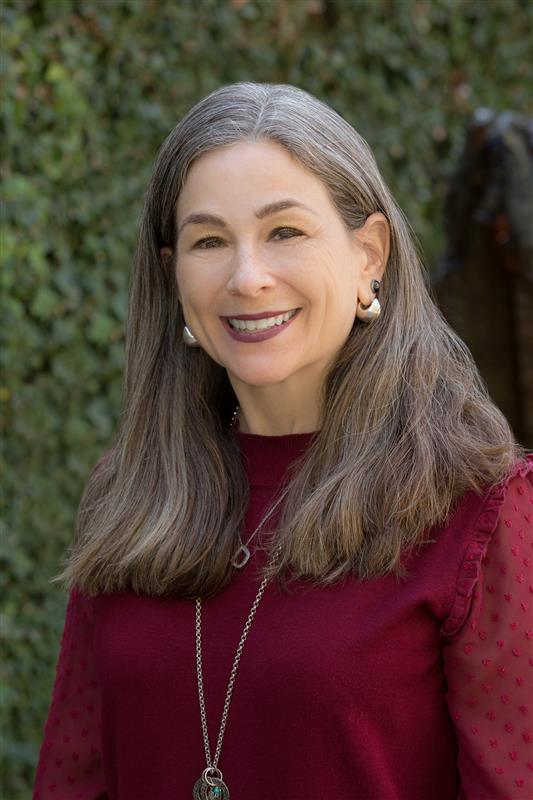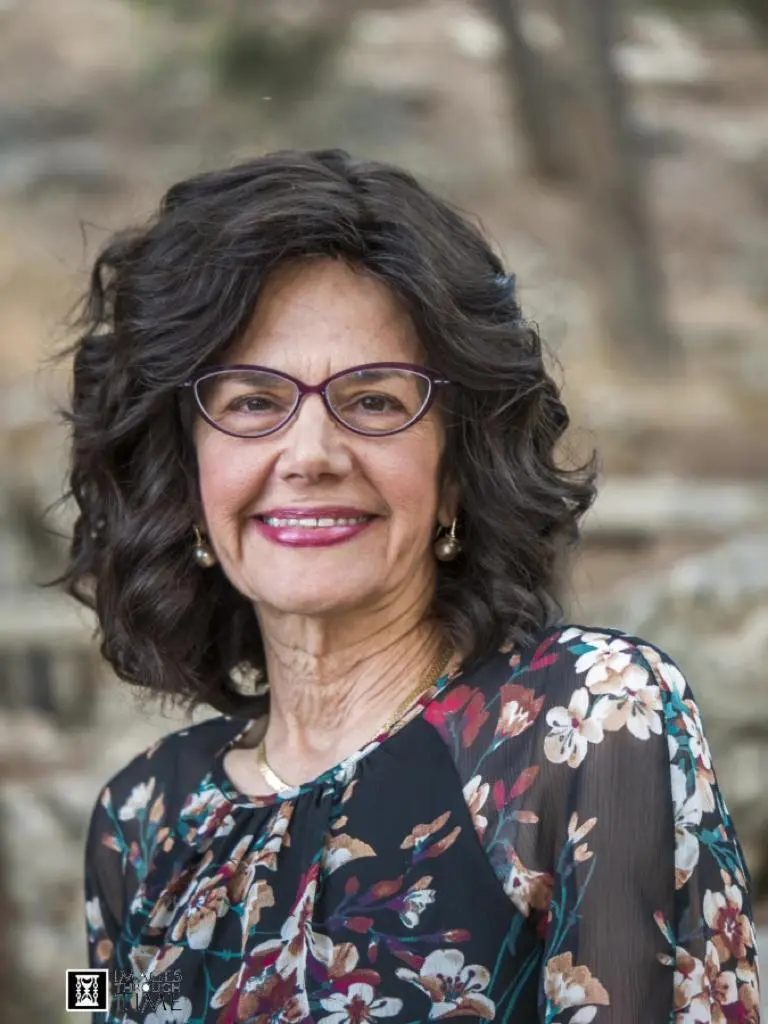Shevuot 2
מַתְנִי׳ שְׁבוּעוֹת – שְׁתַּיִם שֶׁהֵן אַרְבַּע.
MISHNA: With regard to oaths on an utterance of the lips, there are two types that are actually four types. The Torah specifies only two types of oaths whose violation renders one liable to bring a sliding-scale offering to atone for his transgression (see Leviticus 5:4): Where a person takes an oath to perform some action, and where he takes an oath to refrain from performing some action. With regard to both types, the Torah explicitly mentions liability only for an oath pertaining to one’s future behavior. Nevertheless, the Sages derive that one is also liable for a violation of both types of oaths when they pertain to one’s past behavior. Accordingly, although only two types are explicitly mentioned in the Torah, the Sages derive that there are actually four types.
יְדִיעוֹת הַטּוּמְאָה – שְׁתַּיִם שֶׁהֵן אַרְבַּע.
The mishna lists similar groups of halakhot. With regard to cases of awareness of the defiling of the Temple by entering it while one is ritually impure, or defiling its sacrificial foods by partaking of them while one is ritually impure, there are two types that are actually four. It is prohibited for an impure person to enter the Temple (see Numbers 19:20) or to partake of its sacrificial foods (see Leviticus 7:19–20). If one transgressed either prohibition during a lapse of awareness, then upon becoming aware of his transgression, he is liable to bring a sliding-scale offering (see Leviticus 5:2). The Torah specifies that one is liable to bring the offering only in the case in which he had a lapse of awareness of the fact that he was impure. The Sages derive that one is liable not only in these two cases, but also where he was aware of his personal status but had a lapse of awareness concerning the identity of the place he was entering or the status of the foods he ate.
יְצִיאוֹת הַשַּׁבָּת – שְׁתַּיִם שֶׁהֵן אַרְבַּע.
With regard to acts of carrying out that are prohibited on Shabbat, there are two types that are actually four. On Shabbat, it is prohibited to transfer an item from domain to domain. The Torah explicitly refers to only two cases, both of which involve an item being transferred from a private domain to a public domain: Where the transfer is made by a person who remains in the public domain, and where the transfer is made by a person who remains in the private domain. The Sages derive that liability is incurred in these cases also if the item is transferred from the public domain to the private domain. Although only two types are mentioned by the Torah, the Sages derive that there are actually four types.
מַרְאוֹת נְגָעִים – שְׁנַיִם שֶׁהֵן אַרְבָּעָה.
With regard to shades of leprous marks on a person’s skin, there are two types that are actually four. The Torah specifies that if a leprous mark appears on a person’s skin, the afflicted person must undergo a process of purification and then bring various offerings. Part of the classification of these types of leprosy is based on their shade of white. Two types of marks are explicitly mentioned in the Torah, and the Sages derive that each of these two types has a secondary mark.
אֶת שֶׁיֵּשׁ בָּהּ יְדִיעָה בַּתְּחִלָּה וִידִיעָה בַּסּוֹף וְהֶעְלֵם בֵּינָתַיִם – הֲרֵי זֶה בְּעוֹלֶה וְיוֹרֵד.
The mishna returns to the subject of defiling the Temple or its sacrificial foods. It elaborates on which offerings atone for different cases of defiling the Temple or its sacrificial foods: In cases in which one had awareness, i.e., he knew he was ritually impure and was aware of the sanctity of the Temple or foods involved at the beginning, i.e., before he transgressed, and had awareness at the end, i.e., after the transgression, but had a lapse of awareness of one of those two components in between, while he actually transgressed, this person is liable to bring a sliding-scale offering.
יֵשׁ בָּהּ יְדִיעָה בַּתְּחִלָּה וְאֵין בָּהּ יְדִיעָה בַּסּוֹף – שָׂעִיר הַנַּעֲשֶׂה בִּפְנִים וְיוֹם הַכִּפּוּרִים תּוֹלֶה, עַד שֶׁיִּוָּדַע לוֹ וְיָבִיא בְּעוֹלֶה וְיוֹרֵד.
For cases in which one had awareness at the beginning, transgressed during a lapse of awareness, and still had no awareness at the end, the goat whose blood presentation is performed inside the Sanctuary on Yom Kippur, and Yom Kippur itself, suspend any punishment that he deserves until he becomes aware of his transgression; and then to achieve atonement he brings a sliding-scale offering.
אֵין בָּהּ יְדִיעָה בַּתְּחִלָּה אֲבָל יֵשׁ בָּהּ יְדִיעָה בַּסּוֹף – שָׂעִיר הַנַּעֲשֶׂה בַּחוּץ וְיוֹם הַכִּפּוּרִים מְכַפֵּר. שֶׁנֶּאֱמַר: ״מִלְּבַד חַטַּאת הַכִּפּוּרִים״ – עַל מַה שֶּׁזֶּה מְכַפֵּר, זֶה מְכַפֵּר; מַה הַפְּנִימִי אֵין מְכַפֵּר אֶלָּא עַל דָּבָר שֶׁיֵּשׁ בָּהּ יְדִיעָה, אַף הַחִיצוֹן אֵין מְכַפֵּר אֶלָּא עַל דָּבָר שֶׁיֵּשׁ בָּהּ יְדִיעָה.
For cases in which one did not have awareness at the beginning but had awareness at the end, the goat whose blood presentation is performed outside the Sanctuary, i.e., the goat of the additional offerings of Yom Kippur, and Yom Kippur itself, atone, as it is stated with regard to the offerings brought on Yom Kippur: “One goat for a sin-offering aside from the sin-offering of the atonements” (Numbers 29:11). The verse juxtaposes the internal and external goats together to teach that for that which this one atones, that one atones. Just as the internal goat, i.e., the one whose blood presentation is performed inside the Sanctuary, atones only for a case in which there was awareness of the components of the transgression at some point, i.e., at the beginning, so too, the external goat, i.e., the goat of the additional offerings of Yom Kippur, atones only for a case in which there was awareness at some point, i.e., at the end.
וְעַל שֶׁאֵין בָּהּ יְדִיעָה לֹא בַּתְּחִלָּה וְלֹא בַּסּוֹף – שְׂעִירֵי הָרְגָלִים וּשְׂעִירֵי רָאשֵׁי חֳדָשִׁים מְכַפְּרִין, דִּבְרֵי רַבִּי יְהוּדָה. רַבִּי שִׁמְעוֹן אוֹמֵר: שְׂעִירֵי הָרְגָלִים מְכַפְּרִין, אֲבָל לֹא שְׂעִירֵי רָאשֵׁי חֳדָשִׁים. וְעַל מַה שְּׂעִירֵי רָאשֵׁי חֳדָשִׁים מְכַפְּרִין?
And for cases in which one did not have awareness, neither at the beginning nor at the end, the goats brought as sin-offerings for the additional offerings of the Festivals and the goats brought as sin-offerings for the additional offerings of the New Moons atone. This is the statement of Rabbi Yehuda. Rabbi Shimon says: The goats of the Festivals atone for cases in which one never had awareness of the transgression, but the goats of the New Moons do not. But if so, for what do the goats of the New Moons atone?
עַל הַטָּהוֹר שֶׁאָכַל אֶת הַטָּמֵא.
They atone for a ritually pure person who unwittingly partook of ritually impure sacrificial food.
רַבִּי מֵאִיר אוֹמֵר: כָּל הַשְׂעִירִין כַּפָּרָתָן שָׁוָה, עַל טוּמְאַת מִקְדָּשׁ וְקָדָשָׁיו.
Rabbi Meir says: With regard to all the goats offered as additional offerings, those of the New Moons, Festivals, and Yom Kippur, their atonement, i.e., the atonement that they effect, is the same; they all atone for the defiling of the Temple by entering it while impure, or for the defiling of its sacrificial foods by partaking of them while impure.
הָיָה רַבִּי שִׁמְעוֹן אוֹמֵר: שְׂעִירֵי רָאשֵׁי חֳדָשִׁים מְכַפְּרִים עַל הַטָּהוֹר שֶׁאָכַל אֶת הַטָּמֵא, וְשֶׁל רְגָלִים מְכַפְּרִין עַל שֶׁאֵין בָּהּ יְדִיעָה לֹא בַּתְּחִלָּה וְלֹא בַּסּוֹף, וְשֶׁל יוֹם הַכִּפּוּרִים מְכַפֵּר עַל שֶׁאֵין בָּהּ יְדִיעָה בַּתְּחִלָּה אֲבָל יֵשׁ בָּהּ יְדִיעָה בַּסּוֹף.
Rabbi Shimon would say, delineating his opinion as the mishna expresses it above: The goats of the New Moons atone for a ritually pure person who unwittingly partook of ritually impure sacrificial food. And with regard to the defiling of the Temple or its sacrificial foods, the goats of the Festivals atone for cases in which one did not have awareness, neither at the beginning nor at the end, and the goats of the additional offerings of Yom Kippur atone for cases in which one did not have awareness at the beginning but did have awareness at the end.
אָמְרוּ לוֹ: מַהוּ שֶׁיִּקְרְבוּ זֶה בָּזֶה? אָמַר לָהֶן: יִקְרְבוּ. אָמְרוּ לוֹ: הוֹאִיל וְאֵין כַּפָּרָתָן שָׁוָה, הֵיאַךְ קְרֵבִין זֶה בְּזֶה? אָמַר לָהֶם: כּוּלָּן בָּאִין לְכַפֵּר עַל טוּמְאַת מִקְדָּשׁ וְקָדָשָׁיו.
The Rabbis said to him: What is the halakha with regard to whether goats consecrated for different days may be sacrificed, this one in place of that one? For example, if a goat was initially consecrated to be sacrificed as part of the Yom Kippur additional offerings, may it be sacrificed as part of the Festival additional offerings instead? Rabbi Shimon said to them: They may be sacrificed. They said to him: Since, according to you, their atonement is not the same, how could they possibly be sacrificed, this one in place of that one? Rabbi Shimon said to them: They can be interchanged, since ultimately all of them come to atone for the defiling of the Temple or its sacrificial foods.
רַבִּי שִׁמְעוֹן בֶּן יְהוּדָה אוֹמֵר מִשְּׁמוֹ: שְׂעִירֵי רָאשֵׁי חֳדָשִׁים – מְכַפְּרִין עַל הַטָּהוֹר שֶׁאָכַל אֶת הַטָּמֵא. מוֹסִיף עֲלֵיהֶן שֶׁל רְגָלִים – שֶׁמְּכַפְּרִין עַל טָהוֹר שֶׁאָכַל אֶת הַטָּמֵא, וְעַל שֶׁאֵין בָּהּ יְדִיעָה לֹא בַּתְּחִלָּה וְלֹא בַּסּוֹף.
Rabbi Shimon ben Yehuda says in the name of Rabbi Shimon a tradition of his opinion that differs from the way the mishna expresses it above: The goats of the New Moons atone for a ritually pure person who unwittingly partook of ritually impure sacrificial food. The goats of the Festivals exceed them, as they atone both for a pure person who partook of impure sacrificial food and also for cases of defiling the Temple or its sacrificial foods in which one did not have awareness, neither at the beginning nor at the end.
מוֹסִיף עֲלֵיהֶן שֶׁל יוֹם הַכִּפּוּרִים – שֶׁהֵן מְכַפְּרִין עַל הַטָּהוֹר שֶׁאָכַל אֶת הַטָּמֵא, וְעַל שֶׁאֵין בָּהּ יְדִיעָה לֹא בַּתְּחִלָּה וְלֹא בַּסּוֹף, וְעַל שֶׁאֵין בָּהּ יְדִיעָה בַּתְּחִלָּה אֲבָל יֵשׁ בָּהּ יְדִיעָה בַּסּוֹף.
The goats of Yom Kippur further exceed them, as they atone both for a ritually pure person who partook of ritually impure sacrificial food and for cases of defiling the Temple or its sacrificial foods in which one did not have awareness, neither at the beginning nor at the end; and they also atone for cases in which one did not have awareness at the beginning but did have awareness at the end.
אָמְרוּ לוֹ: מַהוּ שֶׁיִּקְרְבוּ זֶה בָּזֶה? אָמַר לָהֶם: הֵן. אָמְרוּ לוֹ: אִם כֵּן, יִהְיוּ שֶׁל יוֹם הַכִּפּוּרִים קְרֵבִין בְּרָאשֵׁי חֳדָשִׁים; אֲבָל הֵיאַךְ שֶׁל רָאשֵׁי חֳדָשִׁים קְרֵבִין בְּיוֹם הַכִּפּוּרִים – לְכַפֵּר כַּפָּרָה שֶׁאֵינָהּ שֶׁלָּהּ? אָמַר לָהֶם: כּוּלָּן בָּאִין לְכַפֵּר עַל טוּמְאַת מִקְדָּשׁ וְקָדָשָׁיו.
The Rabbis said to him: What is the halakha with regard to whether goats consecrated for different days may be sacrificed, this one in place of that one? Rabbi Shimon said to them: Yes, they can be interchanged. They said to him: If what you say is so, granted that the goats of Yom Kippur may be sacrificed on the New Moons, but how could the goats of the New Moons be sacrificed on Yom Kippur when they will need to effect atonement for that which they were not consecrated for? Rabbi Shimon said to them: They can all be interchanged, since ultimately all of them come to atone for the defiling of the Temple or its sacrificial foods, even if each one atones for a different case.
וְעַל זְדוֹן טוּמְאַת מִקְדָּשׁ וְקָדָשָׁיו – שָׂעִיר הַנַּעֲשֶׂה בִּפְנִים וְיוֹם הַכִּפּוּרִים מְכַפְּרִין.
§ And for the intentional defiling of the Temple or its sacrificial foods, both the goat whose blood presentation is performed inside the Sanctuary on Yom Kippur, and Yom Kippur itself, atone.
עַל שְׁאָר עֲבֵירוֹת שֶׁבַּתּוֹרָה; הַקַּלּוֹת וְהַחֲמוּרוֹת, הַזְּדוֹנוֹת וְהַשְּׁגָגוֹת, הוֹדַע וְלֹא הוֹדַע, עֲשֵׂה וְלֹא תַעֲשֶׂה, כָּרֵיתוֹת וּמִיתוֹת בֵּית דִּין – שָׂעִיר הַמִּשְׁתַּלֵּחַ מְכַפֵּר.
The mishna delineates how atonement is effected for other transgressions: For all other transgressions that are stated in the Torah, whether they are the minor ones or the major ones, whether they were intentional or unwitting, whether one became aware of them before Yom Kippur or did not become aware of them until after Yom Kippur, whether they involve a positive mitzva or a prohibition, whether the transgressors are subject to excision from the World-to-Come [karet] or to one of the court-imposed death penalties, the scapegoat sent to Azazel on Yom Kippur atones.
אֶחָד יִשְׂרְאֵלִים וְאֶחָד כֹּהֲנִים וְאֶחָד כֹּהֵן מָשׁוּחַ. מָה בֵּין יִשְׂרְאֵלִים לְכֹהֲנִים וּלְכֹהֵן מָשׁוּחַ? אֶלָּא שֶׁהַפָּר מְכַפֵּר עַל הַכֹּהֲנִים – עַל טוּמְאַת מִקְדָּשׁ וְקָדָשָׁיו.
Israelites and priests and the anointed priest, i.e., the High Priest, achieve atonement from the scapegoat equally. What is the difference between Israelites, priests, and the anointed priest? The difference is only that the priests achieve atonement for their defiling of the Temple or its sacrificial foods through the bull that the High Priest offers on Yom Kippur, whereas the Israelites achieve atonement for defiling caused by them through the goats that are sacrificed on Yom Kippur.
רַבִּי שִׁמְעוֹן אוֹמֵר: כְּשֵׁם שֶׁדַּם הַשָּׂעִיר הַנַּעֲשֶׂה בִּפְנִים מְכַפֵּר עַל יִשְׂרָאֵל, כָּךְ דַּם הַפָּר מְכַפֵּר עַל הַכֹּהֲנִים; כְּשֵׁם שֶׁוִּידּוּיוֹ שֶׁל שָׂעִיר הַמִּשְׁתַּלֵּחַ מְכַפֵּר עַל יִשְׂרָאֵל, כָּךְ וִידּוּיוֹ שֶׁל פָּר מְכַפֵּר עַל הַכֹּהֲנִים.
Rabbi Shimon says: With regard to the defiling of the Temple or its sacrificial foods, just as the blood of the goat, whose blood presentation is performed inside the Sanctuary, atones for Israelites, so too, the blood of the bull of the High Priest, whose blood presentation is also performed inside the Sanctuary, atones for the priests. And for all other transgressions, just as the confession made over the scapegoat atones for Israelites, so too, the confession made over the bull atones for the priests.
גְּמָ׳ מִכְּדֵי תַּנָּא מִמַּכּוֹת סָלֵיק, מַאי שְׁנָא דְּתָנֵי שְׁבוּעוֹת? מִשּׁוּם דְּתָנֵי: חַיָּיב עַל הָרֹאשׁ שְׁתַּיִם – אַחַת מִיכָּן וְאַחַת מִיכָּן,
GEMARA: The Gemara inquires: Now, the tanna is leaving tractate Makkot, the tractate that precedes tractate Shevuot in the mishnaic order. What is distinctive about tractate Shevuot that he teaches tractate Shevuot after tractate Makkot? The Gemara answers: It is due to the fact that he teaches in a mishna at the end of tractate Makkot (20a): For rounding the edges of his head one is liable to receive two sets of lashes: One from here, the hair adjacent to one ear, and one from there, the hair adjacent to the other ear.



